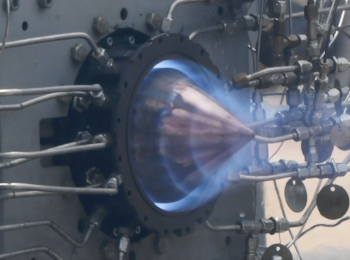The substance lutein found in colorful vegetables can suppress inflammation, according to new research.
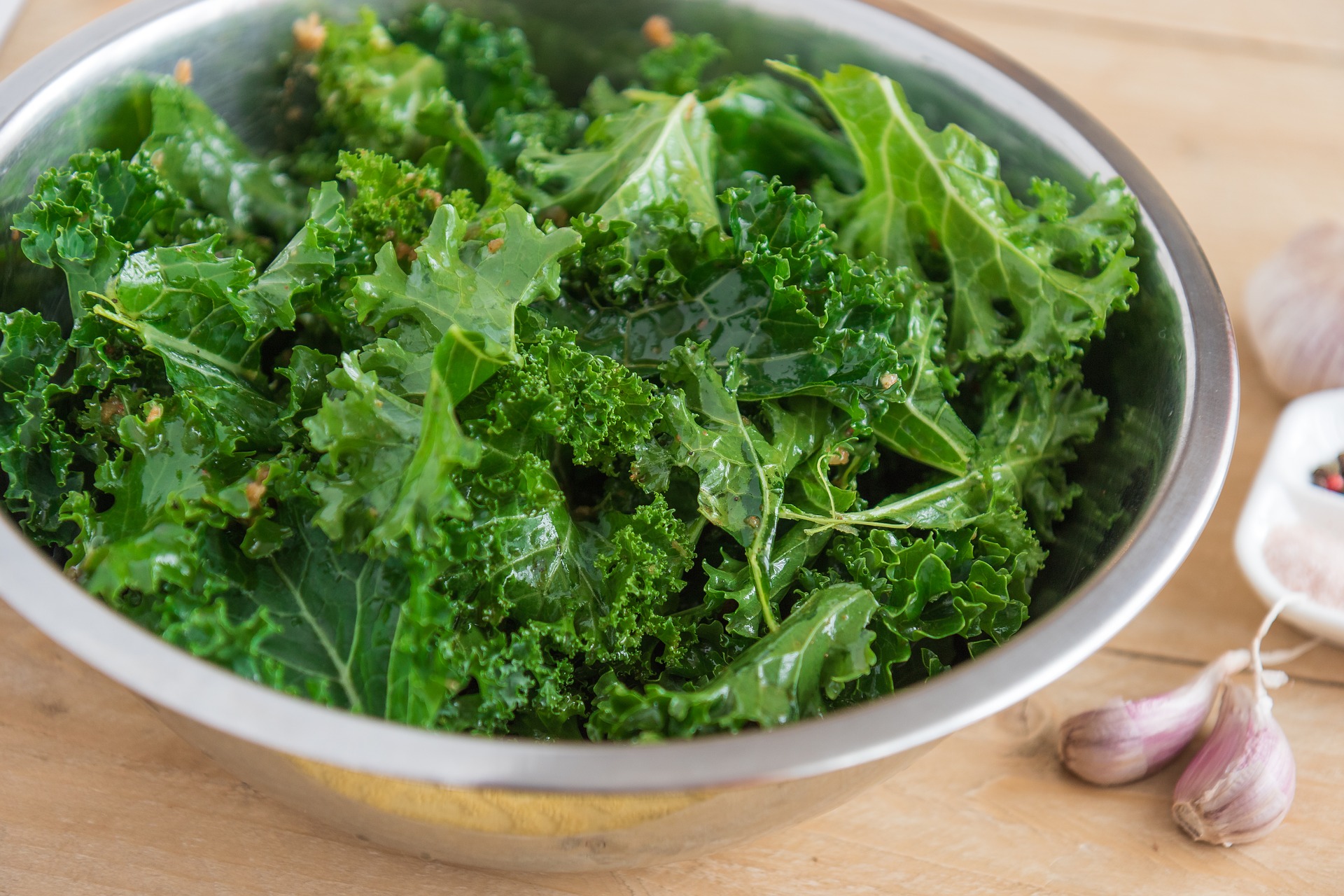
Swedish researchers have examined cells in patients diagnosed with coronary artery disease as they often experience chronic inflammation. Patients with a history of myocardial infarction and stable angina (SA), the latter is a symptom of an underlying heart problem causing chest pain or discomfort when the heart muscle doesn’t get enough oxygen-rich blood.
The team measured lutein + zeaxanthin, also β-cryptoxanthin, lycopene, α- and β-carotene and IL-6 in plasma from 134 patients with SA and 59 patients with acute coronary syndrome. Then, plasma measurements were also performed 3 months after coronary intervention in 42 patients.
Only lutein + zeaxanthin was found inversely correlated with inflammation in SA patients at baseline and follow-up. That is, the result showed that the inflammatory activity of cells decreased markedly when cells were treated with lutein and zeaxanthin.
Lutein and zeaxanthin are mainly found together in vegetables with dark green leaves, such as kale, spinach, and parsley. In addition, it is found in egg yolks and animal fats causing that yellow coloring of yolks.
Anti-inflammatory effects of lutein in PBMCs from CAD patients were consolidated in ex vivo experiments. Taken together, these results show that lutein has the potential to play a role in resolution of chronic inflammation in CAD patients.
Lutein is a natural part of the human diet and according to the NHANES 2013-2014 survey, adults in the United States average 1.7 grams per day of lutein and zeaxanthin combined.
Reference:
Rosanna W.S. Chung, et al. Lutein exerts anti-inflammatory effects in patients with coronary artery disease, Atherosclerosis, Vol. 262, 87-93, publicerad online 6 maj 2017, doi: 10.1016/j.atherosclerosis.2017.05.008)

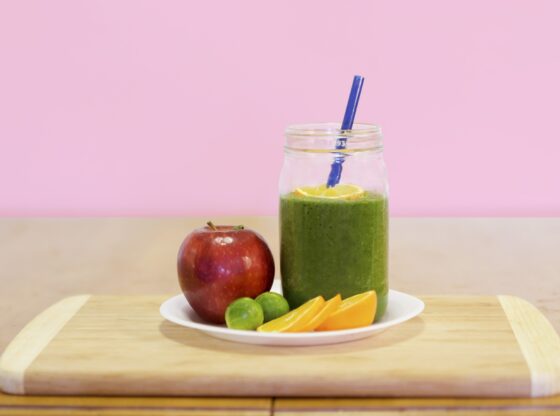
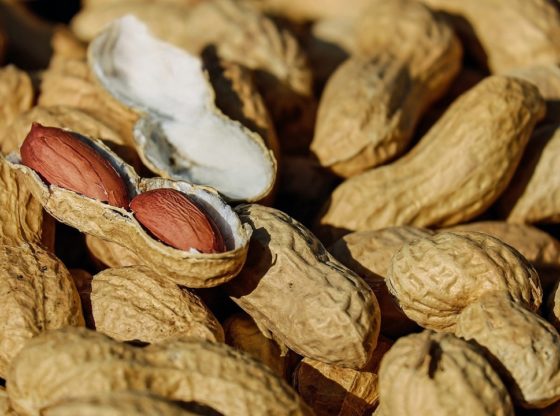
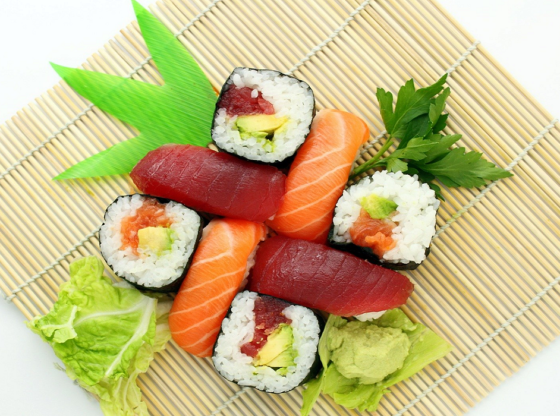

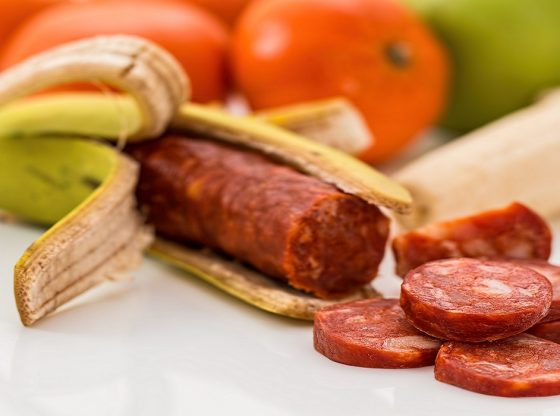





![OpenAI. (2025). ChatGPT [Large language model]. https://chatgpt.com](https://www.illustratedcuriosity.com/files/media/55136/b1b0b614-5b72-486c-901d-ff244549d67a-350x260.webp)
![OpenAI. (2025). ChatGPT [Large language model]. https://chatgpt.com](https://www.illustratedcuriosity.com/files/media/55124/79bc18fa-f616-4951-856f-cc724ad5d497-350x260.webp)
![OpenAI. (2025). ChatGPT [Large language model]. https://chatgpt.com](https://www.illustratedcuriosity.com/files/media/55099/2638a982-b4de-4913-8a1c-1479df352bf3-350x260.webp)








